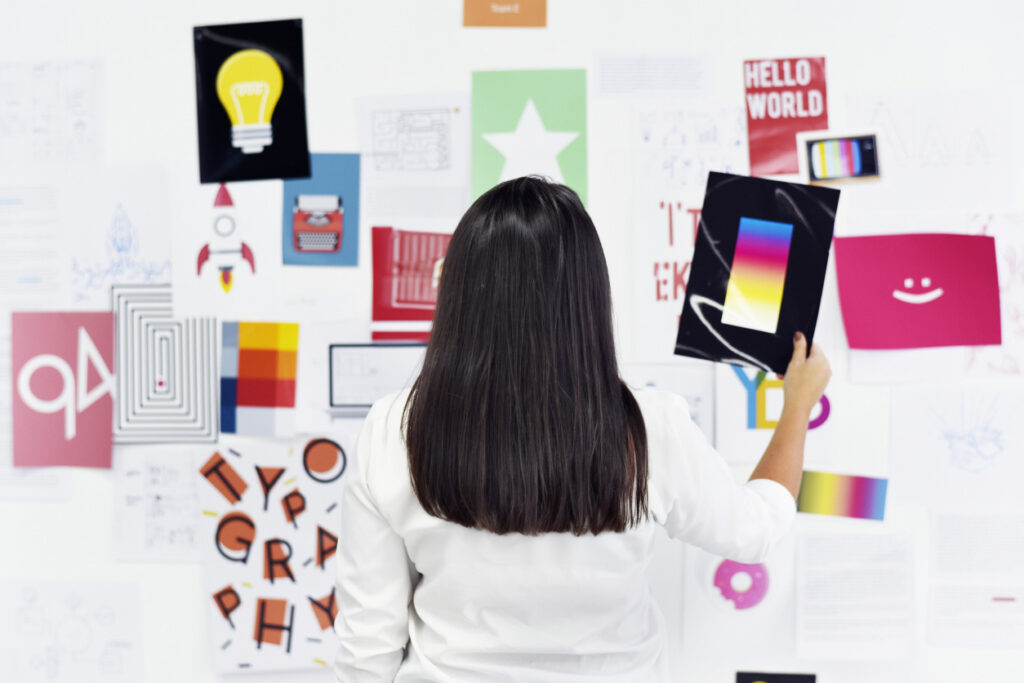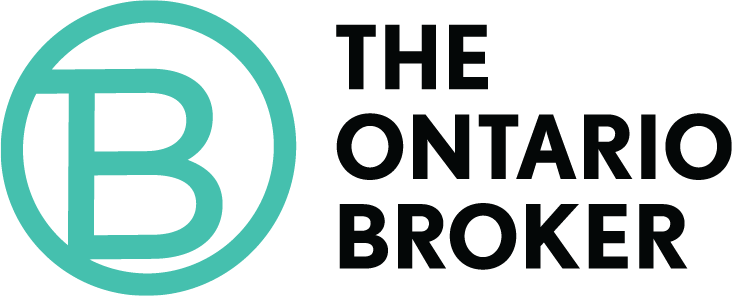August 6, 2024


Samantha Chang—Marketing Manager, IBAO
Part of my role at IBAO is to ensure that every visual element aligns with our brand’s identity and resonates with our strategic direction. Having an established creative design process has helped me lead higher quality designs and most importantly, provide rhythm and momentum in producing higher quality output. Depending on what it is you’re doing, the creative process could start anywhere, but these particular steps have helped me think through my design projects.
If you’re looking to create something new for your brokerage like a newsletter, social post or something as simple as a door sign, these steps can serve as a framework to get you started and carry you through the process. Anything can be a new opportunity to inject creativity and contribute to the personality of the business. And if you’re not interested in creative work, this might help you better understand how to collaborate with the people doing that work.
1. Gaining Clarity & Direction
The foundation of any creative journey is a deep understanding of the project at hand. This involves immersing yourself in the specific goals of a project and your brand’s values, and very often conducting market research. For me, whether it’s event branding, magazine design or digital assets, the goal is to always create a cohesive and recognizable identity.
2. Gathering Inspiration
Inspiration can come from anywhere—a visit to a museum, flipping through a magazine or from a cool dream you had. It’s important to keep an eye on industry trends and draw inspiration from a variety of sources. For me this includes social media, conferences, editorial pieces and various design and communication mediums to ensure designs are fresh and innovative.
3. Brainstorming and Drafting
Once there’s a clear understanding of the project and inspiration is collected, the next step is brainstorming to explore different ideas and concepts. Starting with rough sketches or outlines, working through ideas helps you visualize thoughts and explore various directions. Don’t focus on perfection—this stage is all about exploration and getting a feel for what might work best in the given scenario.
4. Designing with Purpose
With a clear concept in mind, I start the execution process by using various tools and software, ensuring each design element is accounted for and serves the overall narrative. Paying attention to details like color schemes, typography and image treatments is necessary to create carefully planned designs that speak to intended audiences and are an accurate representation of our association and objectives.
5. Collaboration and Feedback
Design is a collaborative process. I work closely with the Marketing team, subject matter experts and third-party vendors to gather feedback about whether a project’s objectives are being met. Taking this constructive feedback helps refine and balance practical considerations with innovative solutions. Iteration is key to achieving the best possible outcome.
6. Execution
Once designs are finalized, the focus shifts to execution. This involves preparing files for print or digital use, ensuring all elements are correctly proofread, aligned and formatted. Overseeing the production process is crucial to maintain the quality and integrity of design output for the intended audience to enjoy.
7. Reflecting and Evolving
After a project is complete, I try to reflect on the process and final product, and continue to collect feedback based on results. This helps me identify what worked well and what could be improved next time. Design is an ever-evolving field, and continuous learning and adaptation are both essential to staying ahead.
We can all be creative in our everyday lives! I encourage you to embark on your own creative journey and explore the importance of purposeful design as it applies to your particular project or objective.
